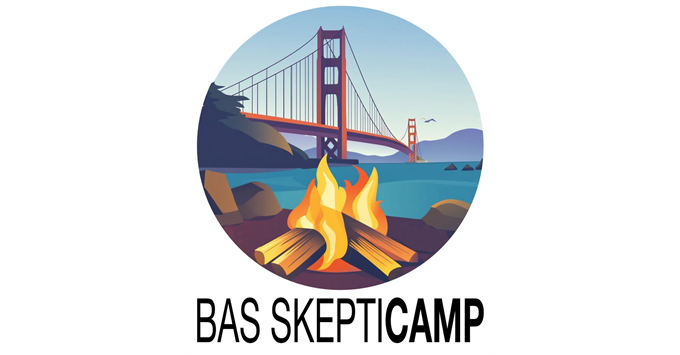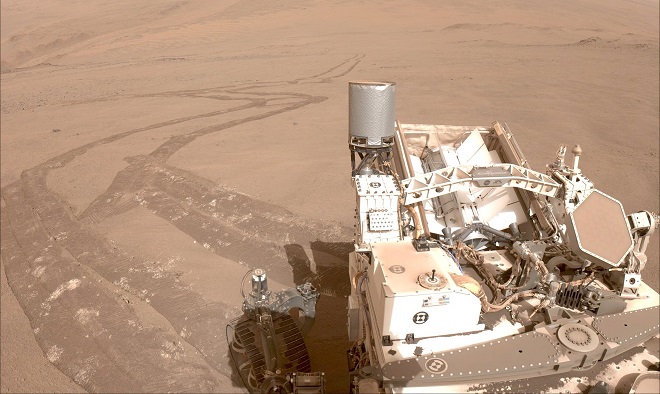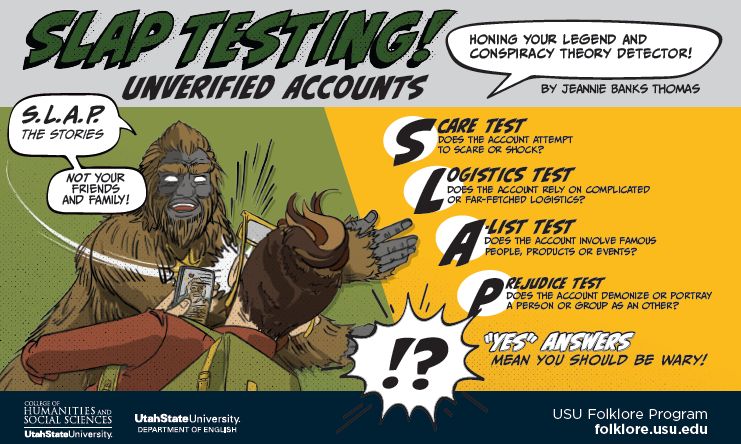Hello and Happy Random (?) Point in the journey around the Sun!
As I’ve done for many years, I attended the Monterey County SkeptiCamp on the first weekend of the year. I find it to be a great opportunity to cleanse your skeptical palette and start a new year with new, rational ideas. Plus it’s a lot of fun. A SkeptiCamp is a free, informal conference in which anyone, usually amateur skeptics, present on a subject in science and/or scientific skepticism. Speakers may want to explore a new topic, be deeply passionate experts, or just have a need to rant about irrationality in society. This year, subjects included a discussion of the social contagion around drones that is sweeping parts of the USA, medical claims around stem cells curing all disease, and rationally assessing risk with data. A former teacher discussed creating constructiv
Hello again Science Fans! I guess we coul
Hello again Science Fans! The weekly SciSchmooze reliably delivers the latest in science, especially for the San Francisco Bay Area. Give friends and fa
Hello again Science Fans!
Herb Masters 12 Days of Science Christmas Ornament
It's time to SciSchmooze Herb Masters Dave Almandsmith Hello again fans of science, I trust you had an enjoyable Thanksgiving, avoided coming to bl
Bob Siederer Hello again Science fans! Like me, most of you are probably preparing for Thanksgiving, that annual tradition of food, football and family. I’ve got my turkey and the ingredients for some sides, and am only short cranberry sauce. The deli counter in my local market hasn’t got theirs out yet. We have a lot of news to report, mostly astronomical. So lets jump in, starting with Mars. The Perseverance rover has been
Herb Masters Greetings Science Fans and Practitioners, Personally, I think we should all consider ourselves a "science practitioner". Have you ever noticed that the definition according to a search engine like Google doesn’t always agree with you? Given that, let’s think a bit about what sets someone who appreciates, practices, or supports science, apart from many who think science is for people in lab coats and has little to do with our lives.
Starting the Year with SkeptiCamps

Walking into the SciSchmooze

Salut encore les amateurs de science ! (Canadian French)
Bonjour à nouveau, fans de science ! (France French)
Bonjou ankò Fanatik Syans! (Haitian Creole)
SciSchmoozing 2024

ሰላም በድጋሚ የሳይንስ ደጋፊዎች!
(Many of the Bay Area’s 20,000 Ethiopians live in Oakland.)
Ho Ho Ho from the SciSchmooze
Bob Siederer
23 Dec 2024
A pre-Christmas SciSchmooze
16 December 2024
Greetings Fans of Science, Reason, and Critical Thinking,Got Friggatriskaidekaphobia?
11 December 2024
Something Old, Something New, SciSchmooze
1 December 2024
Dumelang hape barati ba mahlale, (Lesotho Peace Corps memories)
Talking Turkey with the SciSchmooze
25 November 2024
SLAP testing for BS with the SciSchmooze
18 November 2024

